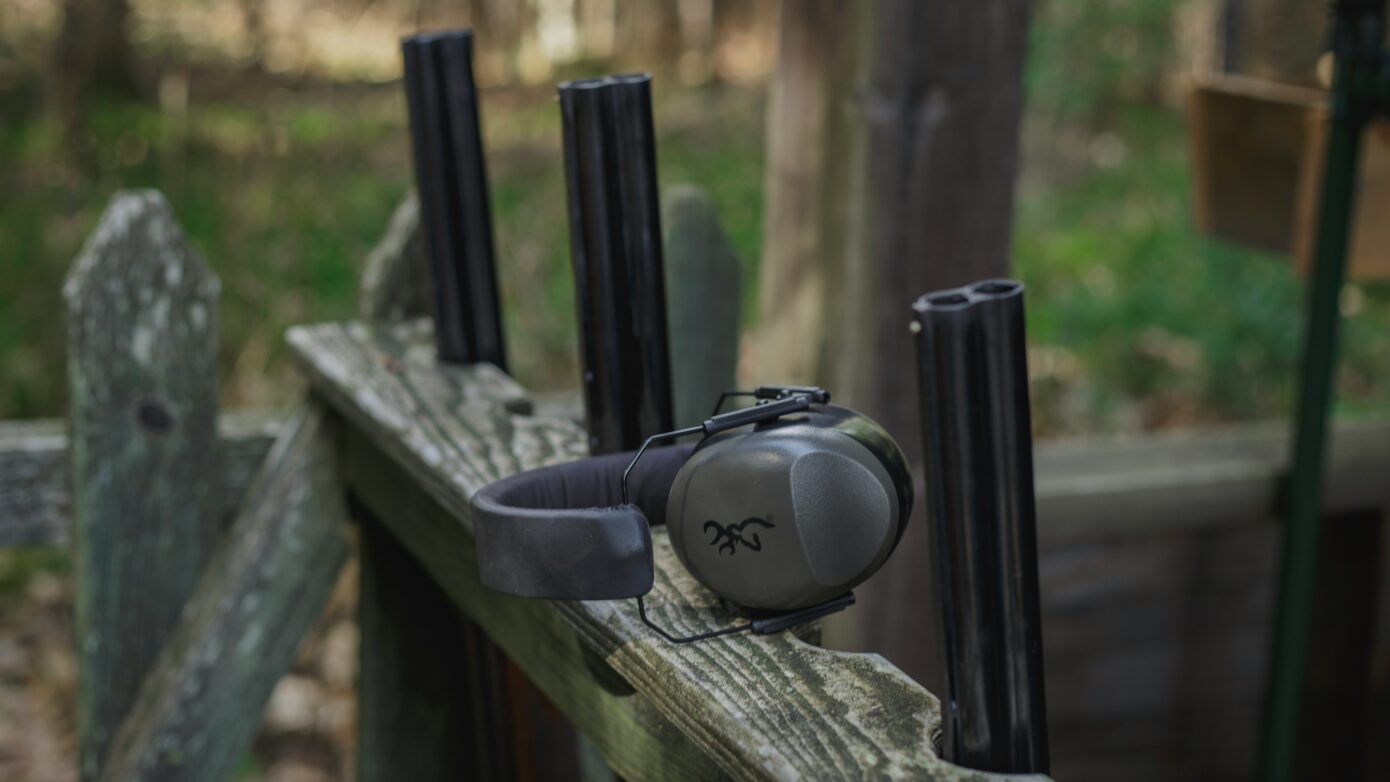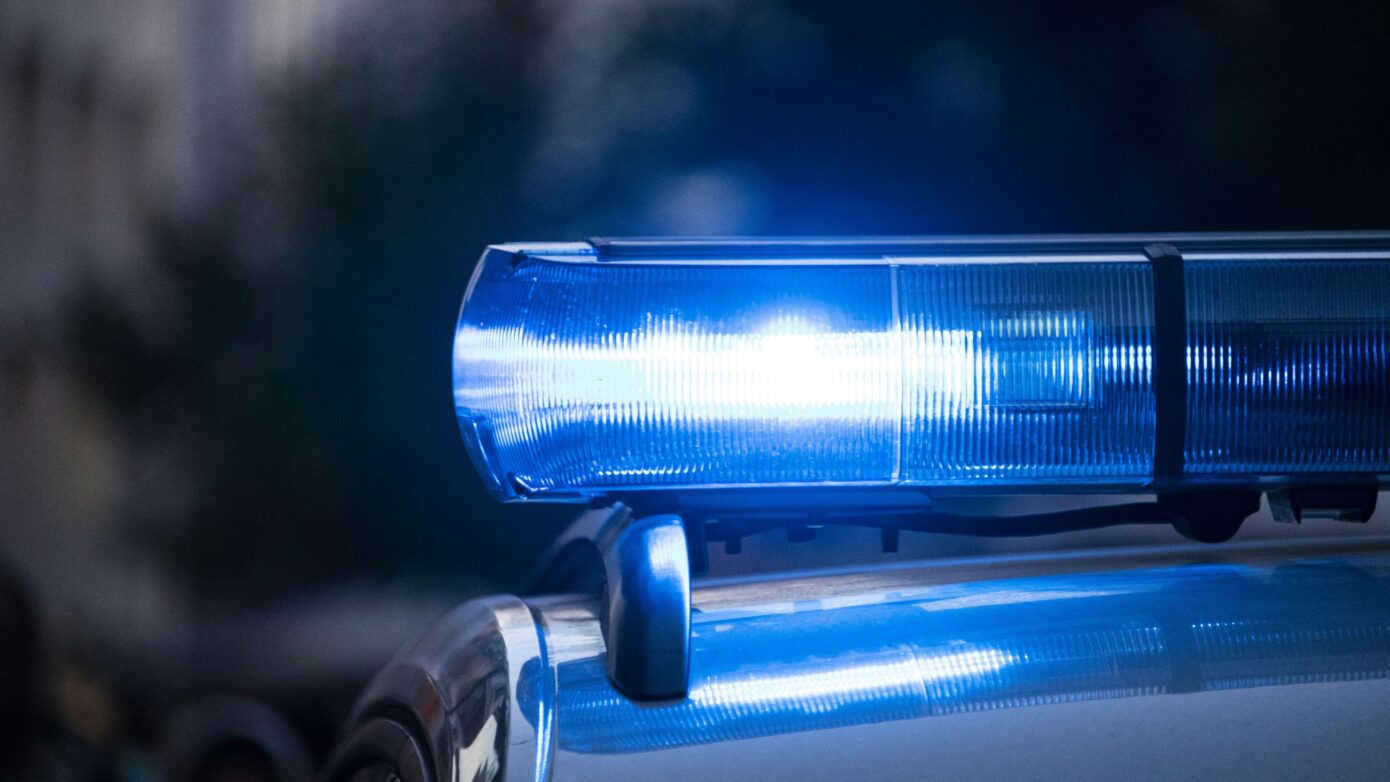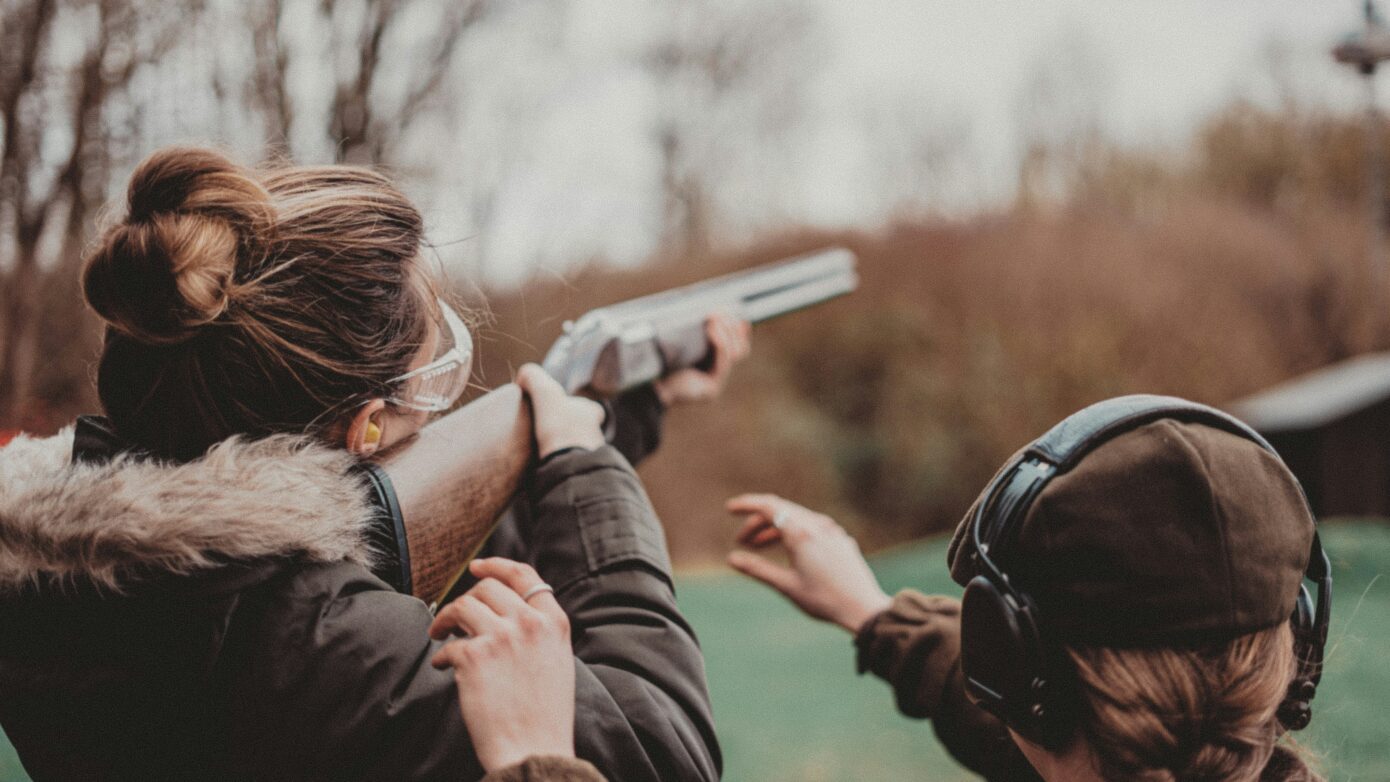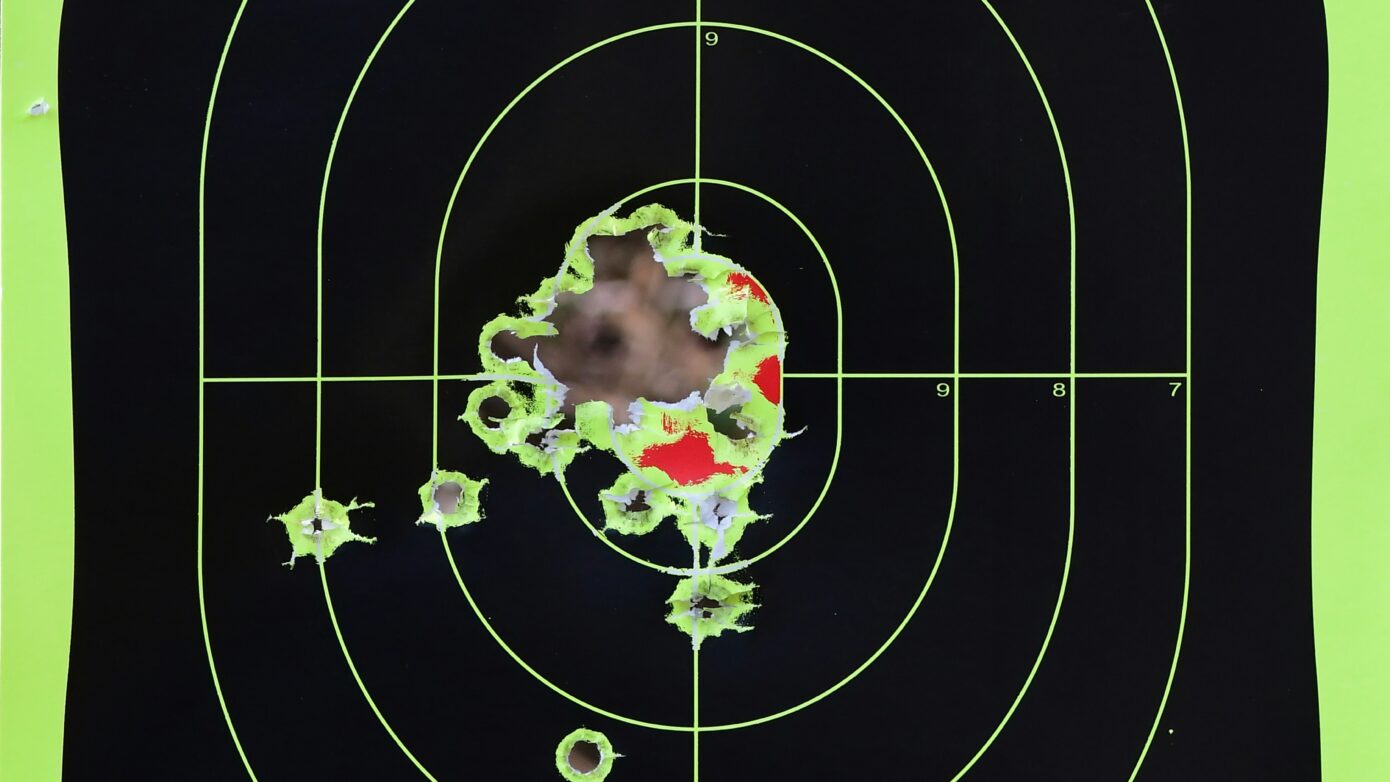Summary
Audiologist Carl Weldon explores the overlooked danger of hearing loss within shooting environments.
Drawing on over a decade of clinical experience, Carl breaks down how sudden impulse noise like gunfire can cause permanent sensorineural hearing damage. He explains the science behind it, outlines practical strategies for prevention—including electronic protection and double-layered ear defence—and provides clear pathways for those already affected by hearing issues.
Whether you’re a certificate holder, instructor, or simply part of the shooting community, this guest article is a must-read for understanding, preventing, and managing hearing loss.
Protect what you can’t replace. Every shot. Every time
Member Benefits
Protect your hearing and your wallet – Mansfield Wax & Hearing Clinic will offer 10% discount on all premium level hearing aids to all members of firearmslicensing.net.
Mention your membership when first making contact and show your digital / physical card on attendance.
They can be found at https://www.themansfieldwaxclinic.co.uk/
About Carl Weldon
Carl has been a BSc qualified Audiologist for over a decade. After first qualifying he worked within the NHS before moving to the private sector to be able to offer a wider range of services and technology. He set up The Mansfield Wax & Hearing Clinic in 2021 to address gaps in available Audiology services.
Hearing Loss and the Importance of Protection in the Shooting Environment
When we talk about firearms safety, most people immediately think of eye protection, safe handling, and secure storage. However, one often overlooked aspect of firearms safety is hearing protection.
Exposure to gunfire, even during controlled and lawful shooting activities, can cause permanent hearing damage; sometimes after just a single shot.
Understanding Sensorineural Hearing Loss
Sensorineural hearing loss (SNHL) is the most common type of permanent hearing loss. It is caused by damage to the delicate hair cells in the inner ear (cochlea) or to the auditory nerve pathways that transmit sound signals to the brain. Unlike conductive hearing loss, which can often be medically or surgically treated, sensorineural hearing loss is typically irreversible.
Loud noise, particularly sudden and intense sounds like gunfire, is one of the primary causes of SNHL. The inner ear contains thousands of tiny hair cells that respond to sound vibrations. When these cells are damaged, especially by high-decibel noise, they do not regenerate.
As a result, affected individuals may experience:
- Difficulty understanding speech, particularly in noisy environments
- Tinnitus (a persistent ringing or buzzing in the ears)
- Permanent reduction in hearing sensitivity
How Gunfire Affects Hearing
Gunfire is an impulse noise, meaning it is extremely loud and occurs suddenly. The average gunshot can measure between 140 and 175 decibels, well above the threshold for immediate hearing damage (about 120 decibels). To put this in perspective:
- 85 dB: the level at which prolonged exposure can cause damage (e.g. lawnmower)
- 120 dB: the pain threshold
- 140+ dB: immediate danger zone (typical for gunfire)
Even a single unprotected shot can cause instantaneous and permanent hearing loss, especially in confined spaces or indoor ranges where sound reverberates.
Risk Is Not Just for Shooters
It’s not only shooters who are at risk. Range officers, instructors, gun bearers and spectators are also.
Anyone in proximity to gunfire can suffer hearing damage if proper precautions are not taken. Cumulative exposure over time without protection drastically increases the risk.
How to Minimise the Risk of Hearing Loss
Fortunately, hearing loss from gunfire is entirely preventable. Here’s how you can protect yourself and others in the shooting environment:
Always Wear Hearing Protection
Use high-quality ear protection every time you are around gunfire, whether shooting or observing.
- Earplugs: Foam earplugs offer good protection and are inexpensive, but they must be properly inserted.
- Earmuffs: Over-the-ear muffs provide a higher noise reduction rating (NRR) and are often more consistent in their protection.
- Double Protection: For maximum protection, especially with high-calibre firearms or indoor shooting, use both plugs and muffs simultaneously.
Use Electronic Hearing Protection
Modern electronic earmuffs protect against loud sounds while allowing you to hear speech and ambient noise. They are especially useful for communication on ranges or during instruction.
Limit Exposure
Reduce the amount of time spent in high-noise environments and take regular breaks away from the firing line to give your ears a rest.
Maintain Distance
When not actively shooting, stay behind safety barriers or further from the source of the gunfire. Distance reduces decibel exposure significantly.
Educate and Equip Others
If you’re an instructor, range officer, or experienced shooter, educate newcomers about the dangers of noise-induced hearing loss and ensure that hearing protection is both readily available and properly used.
Support for Those Already Affected by Hearing Loss
While prevention is crucial, many individuals in the shooting community have already experienced some level of hearing loss. If you are among them, know that support is available, and taking action can significantly improve your quality of life.
Hearing Assessments and Diagnosis
The first step is a professional hearing assessment. Audiologists can determine the type and extent of hearing loss and offer guidance on management options. Early intervention can also help prevent further deterioration.
Hearing Aids and Assistive Devices
Modern hearing aids are highly effective, discreet, and adaptable to different environments—including ranges and outdoor activities. There are also assistive listening devices and apps that enhance communication in noisy settings.
Tinnitus Management
For those experiencing tinnitus (ringing in the ears), various treatment strategies exist:
- Sound therapy or masking devices
- Cognitive behavioral therapy (CBT)
- Mindfulness and relaxation techniques
These can help reduce the distress caused by chronic tinnitus.
Support Groups and Resources
Connecting with others facing similar challenges can be reassuring and informative. Look for:
- Local or online hearing loss support groups
- Veteran services (if applicable)
- National charities or hearing health organizations that offer education and advocacy
Ongoing Education
Stay informed about hearing conservation, technological advances, and coping strategies. Even with existing hearing loss, protecting your remaining hearing remains essential.
Final Thoughts
Hearing is one of our most vital senses, yet it is all too easy to take it for granted—until it’s too late. In the shooting community, awareness of noise-induced sensorineural hearing loss must become just as routine as wearing safety glasses or checking that a firearm is unloaded. By adopting a proactive approach to hearing protection, shooters can continue to enjoy their sport or profession without sacrificing their long-term auditory health.
Stay safe. Shoot responsibly. Protect your hearing.
🩺 The Mansfield Wax & Hearing Clinic – Hearing Health Specialists
Located in Mansfield, this clinic provides expert audiology care with a focus on restoring and protecting hearing. Their services include:
Ear Wax Removal
Safe, painless microsuction performed by qualified audiologists. Ideal for shooters experiencing muffled hearing or discomfort due to wax buildup.
Hearing Assessments
Comprehensive evaluations to detect hearing loss early—especially valuable for those exposed to impulse noise like gunfire.
Hearing Aids
A wide selection from leading brands (Phonak, Starkey, Oticon), tailored to individual needs and lifestyles.
Personalised Care & Ongoing Support
Patients benefit from continuity with the same audiologist, advanced diagnostic tools, and a welcoming environment.









